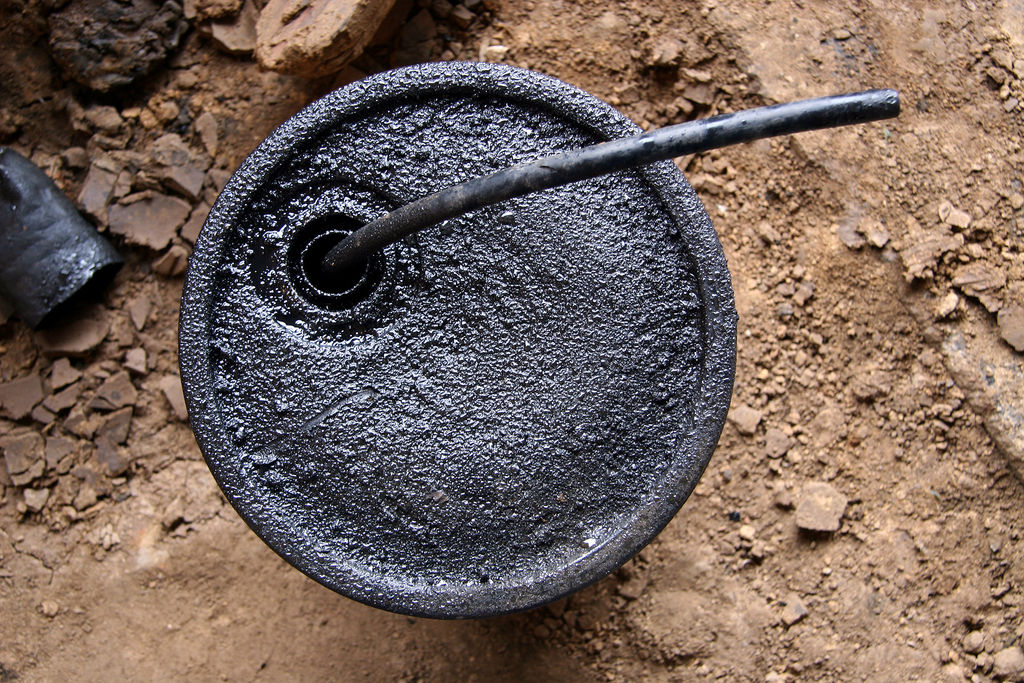At a recent meeting of the Organization of Petroleum Exporting Countries (OPEC), some member nations argued for limits on oil production. They wanted to boost the sagging global oil price and increase revenues for their national treasuries. But in the end, led by Saudi Arabia, OPEC did not act.
With the U.S. boom in shale gas, and Canada’s frenzied tar sands development, it is likely that oil supply will remain high and prices will remain low for the immediate future.
Ali Al-Naimi, Saudi Arabia’s Minister of Petroleum and Mineral Resources, suggested that drivers will welcome a drop in gas prices. This is hard to argue with. But the current U.S. dollar exchange rate makes Canadians’ traditional response to cheap gas — drive to the U.S. and shop — less attractive.
What can we do with cheap oil apart from cross-border shopping? Here are five suggestions:
1. Tax it — yes — a carbon tax!
The resulting revenues could be shared among different levels of government. Municipal governments would get much-needed cash. As long as the gas price stays low, drivers will feel less pinch from a carbon tax. And if governments act to reduce energy demand and waste, they can help keep oil and gas prices low. How? Read on…
2. Use carbon tax revenues to build greener infrastructure.
We tend to equate infrastructure spending with building roads, but this is a very narrow view. If we want to leave a civilized and habitable planet for our children, three areas are key for strategic “green” public investments: transport, buildings and energy.
3. Build a high-speed rail line between Windsor and Quebec City.
This has been under discussion for decades. If China can do it, why can’t we? We might even learn from their mistakes. An article in the journal Foreign Policy explains, “If you were trying to dream up a tool for creating low-skilled employment, generating big construction contracts, and laying the foundations for continuing industrial prowess, you would have a hard time doing better than high-speed rail.” Costs of building a rail line that can safely move passengers at speeds of over 200 km/hour — with bridges, tunnels, crushed rock for the rail bed — are lower with oil being relatively cheap. This is true, generally, of investments in public transit.
4. Spruce up our cities with architecturally appealing and energy-efficient public buildings.
Canada’s national museum of science and technology is in a former bread factory in an industrial part of Ottawa with virtually no public transit access. High mould levels, asbestos, and a collapsing roof forced its closure. Rather than building a sparkling new, zero-carbon-emission edifice to celebrate areas of science and technology in which Canada has excelled (such as environmental science, at least until recently), the Harper government has pledged $80 million to refurbish a mouldy old bread factory. And, how long will we have to wait for a public space where we can honour the history and culture of Canada’s Aboriginal peoples?
5. Develop a comprehensive national energy strategy that engages all levels of government.
Energy conservation and renewable energy are pillars of the transition to a sustainable society. Low oil prices make the required infrastructure — smart grids, high-efficiency buildings and appliances, biomass-fuelled combined heat and power facilities, etc. — more affordable.
One might ask, what if we start building all this greener infrastructure and oil prices go up? Will taxpayers be left on the hook? The answer is that if we don’t do it, and stay locked into our current wasteful and fossil-fuel-intensive infrastructure, we can be absolutely certain that oil prices will rise much faster. Taxpayers will suffer. Cities will crumble and rural areas will become impoverished.
The warning signs are everywhere — endless road and bridge repairs, collapsing mall roofs, wildly fluctuating energy costs, stagnating economies and fiscal crises.
Tax cheap oil and make strategic government investments in green infrastructure today. This will create jobs and a sustainable economy, and yield big savings for tomorrow’s taxpayers.
Ole Hendrickson is a forest ecologist and current president of the Ottawa River Institute, a non-profit charitable organization based in the Ottawa Valley.
Photo: Josh Sullivan/flickr



